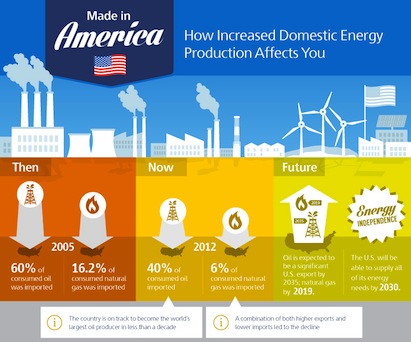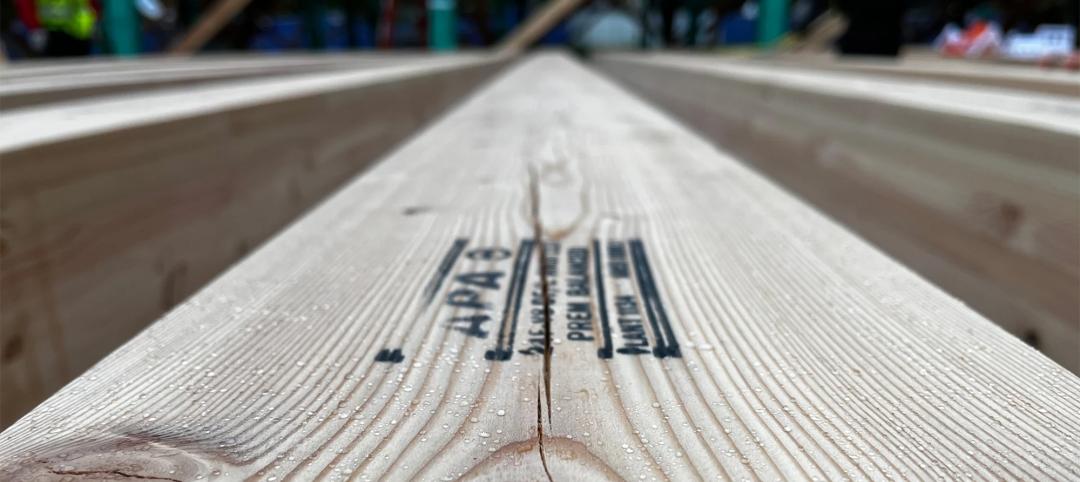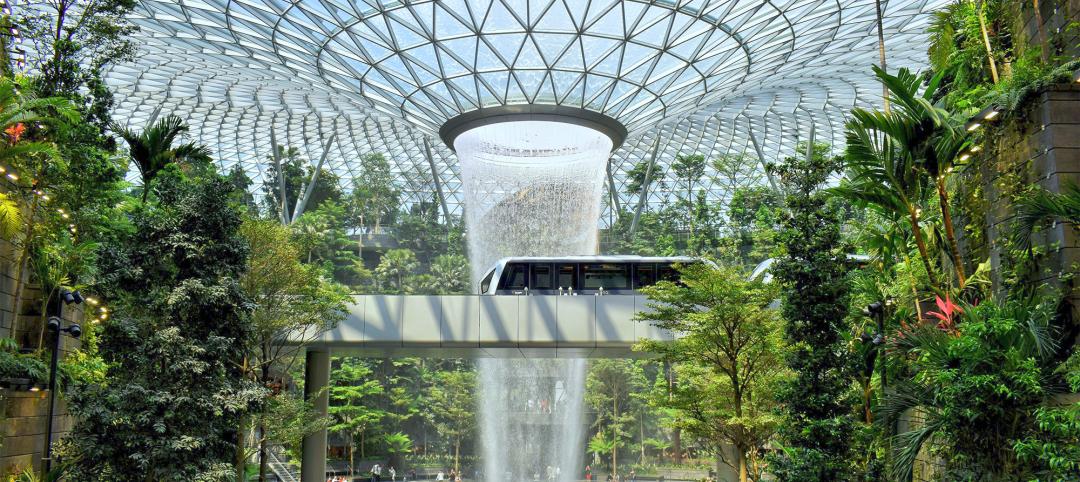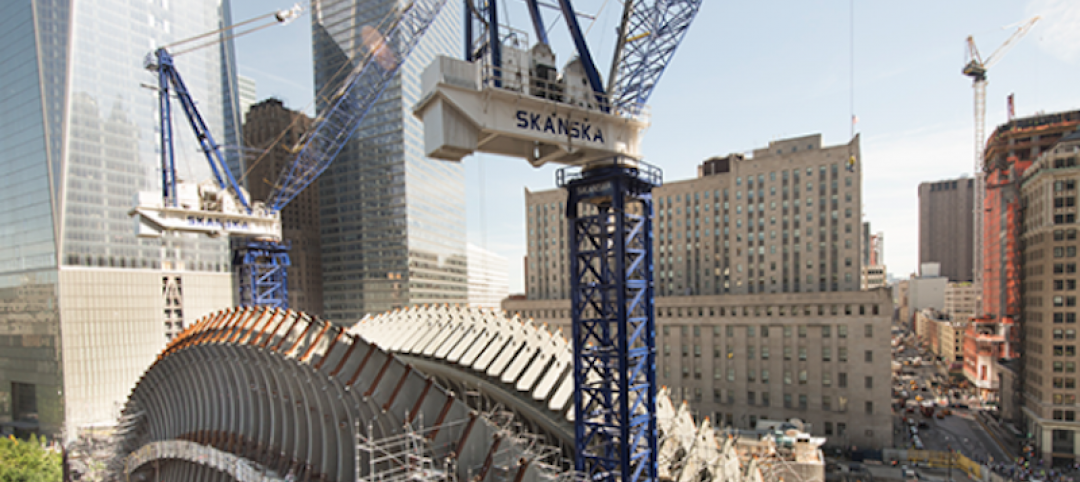Energy is the lifeblood of everything we do. From business to transportation to our social life, we all depend on energy supplies to power our world. We are at a crossroads in the U.S. as new energy resources and an increased emphasis on efficiency is shifting the balance of power in America’s favor.
In light of these developments, Skanska examined the trends in U.S. energy production and consumption, as well as the benefits we may incur from increased domestic energy production.
The good news: the country is on track to become the world’s largest oil producer in less than a decade and the U.S. is currently the world’s largest producer of natural gas. The world is taking notice. There’s been a surge in U.S. demand for new plants in energy-intensive industries. Further, through sustainability efforts and better designs for energy consumption, total energy use per person in the U.S. in 2011 was 13 percent less than it was in 1978.
Read more posts from Skanska's Constructive Thinking Blog at blog.usa.skanska.com
What do all these energy developments mean for you? A cleaner environment, higher GDP and industrial and job growth are just a few benefits of our increased domestic energy production. Check out our visual story below:
More posts on Skanska's Constructive Thinking Blog
A brighter, greener way to build
Got Gas? A quick look at the United States’ emerging shale gas market
Introducing Skanska Power Week
More from Author
Skanska | Sep 26, 2024
5 lessons in water mitigation for mass timber projects
Sustainability leaders from Skanska, RDH, and Polygon share five tips for successful water mitigation in mass timber construction.
Skanska | May 6, 2024
The benefits of biophilic design in the built environment
Biophilic design in the built environment supports the health and wellbeing of individuals, as they spend most of their time indoors.
Skanska | Dec 4, 2023
4 key innovations and construction trends across airport design
Here are some of the key trends Skanska is seeing in the aviation sector, from congestion solutions to sustainability.
Skanska | Jun 29, 2023
K-12 school construction: 5 ways strong community relations can lead to success
When constructing a K-12 school, building positive relationships with the community—including students, parents, school staff and residents—is critical to the success of the project. Here are five ways Skanska puts the community first when building K-12 schools in the Pacific Northwest.
Skanska | Mar 14, 2023
Skanska tests robots to keep construction sites clean
What if we could increase consistency and efficiency with housekeeping by automating this process with a robot? Introducing: Spot.
Skanska | Jan 27, 2023
Key takeaways from Autodesk University 2022
Autodesk laid out its long-term vision to drive digital collaboration through cloud-based solutions and emphasized the importance of connecting people, processes and data.
Skanska | Dec 5, 2022
5 ways sustainability professionals can help reduce construction's carbon footprint
Mark Chen, Sustainability Manager at Skanska, has found five specific ways to help the construction industry reduce its carbon footprint.
Skanska | Jul 5, 2022
Tour the new Patricia Reser Center for the Arts in Oregon
This month, the community of Beaverton, Oregon, welcomed a new haven for artistic expression with the opening of Patricia Reser Center for the Arts (The Reser).
Skanska | Jun 22, 2018
What owners should know before choosing the design-build project delivery method
Outside of drawing up a well-written contract, owners often overlook a key attribute that can significantly impact the success of a design-build project, writes Skanska’s Julie Hyson.
Skanska | Dec 7, 2017
Busting the myths: What the “S-word” can mean for construction and development
Sustainability, it’s a trendy term. The problem, however, is that it’s being used in so many different ways that people don’t even know what it means anymore.

















